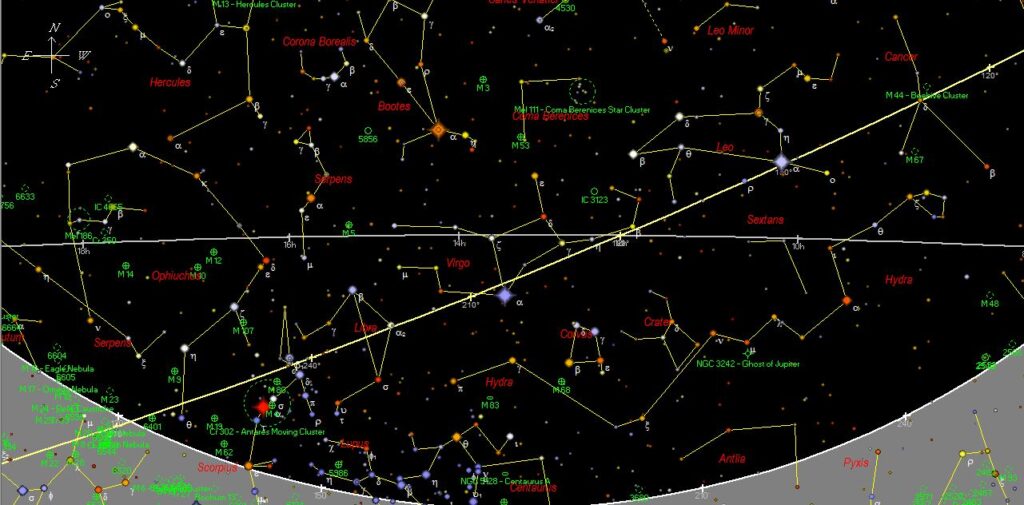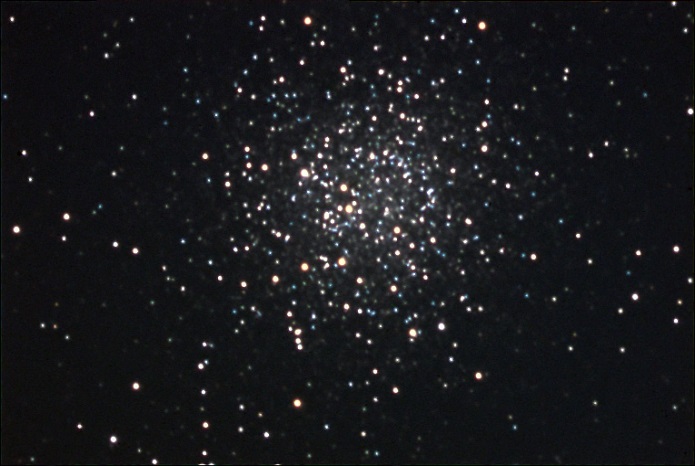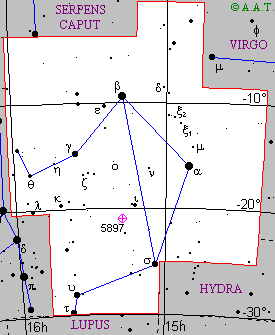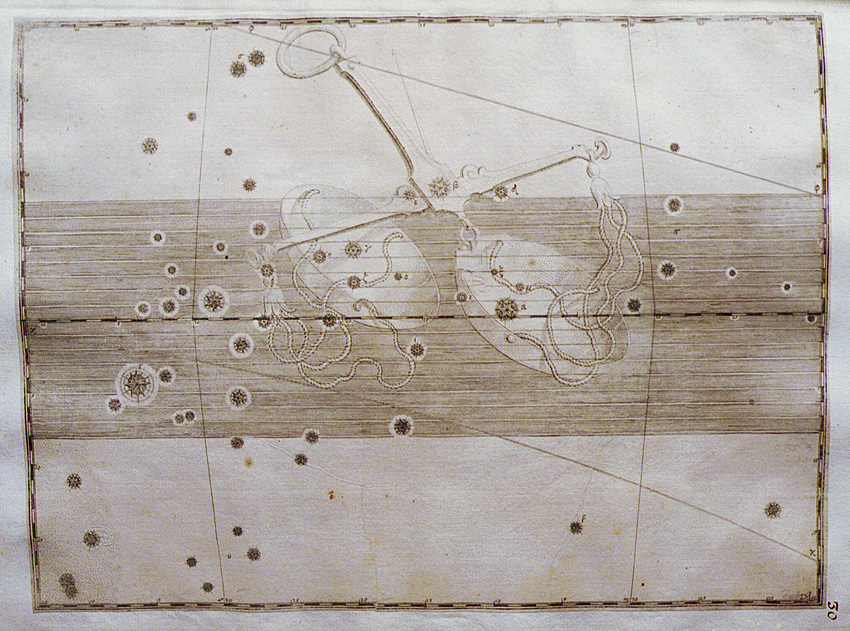
The Sun is not … constant
The Sun is in the constellation of Aries from April 19th to May 13th, remaining there for about 24 days; then it passes into the constellation of Taurus where it remains until June 21, taking about 38 days to then pass into Gemini.
Actually, the motion of the Sun with respect to the constellation background along the Ecliptic is apparent. It is the earth that, in its revolutionary movement around the Sun, every day changes its position on the Ecliptic, which is the imaginary line that represents the projection of the Earth’s orbit in the sky.
From the terrestrial point of view, therefore, the Sun is seen projected on different constellations during the year. It moves with a direct motion from West to East of almost one degree a day, crossing 13 constellations, placed at the turn of the Ecliptic; those constellations of the Zodiac which for the ancients were 12. The Sun’s permanence in each constellation is not constant and does not simply depend on the fact that 360° divided by 13 is not an integer. The number of days per constellation varies greatly: from 7 in the Scorpio constellation from about 23rd to 29th November, to 43 in the Virgin one, from 17th September to 30th October.
Therefore, the regularity of days per constellation does not exist. This irregularity is completely random; the cards of the sky with the division of the stars between the constellations from the most ancient times were built in a quite creative and arbitrary way by the different cartographers; until 1930 when the International Astronomical Union decided to bring order and fixed the number of constellations to 88, defining the boundaries of each one.: boundaries that tried to mediate between the most used maps and therefore appear to be absolutely irregular geometric figures.
This is the reason why the Sun from the earth is seen as stationed for a number of days variable in the constellations of the zodiacal band, depending on which piece, more or less long, of ecliptic is included in each of it. All this with all due respect to the astrologers, who remained at 12 zodiacal constellations and did not realize that on March 21 the Sun is now in Pisces and no longer in Aries, due to the precession of the Equinoxes. But Astrology is not a science, so those who want to continue to play with horoscopes, just have to know it.
Now let’s look at the constellations of the May sky in the South. To the West we find the Gemini, then towards East, the Cancer, the Lion, the Virgo, the Libra, the Ophiuchus and there begins to appear the Scorpion , that it will be possible to admire in all its splendor late at night.
The Libra

Description
Among the observable constellations in May the Libra, (from Latin: Libra), is not the brightest; it is the constellation of the zodiacal band, through which the Sun transits from October 31st to November 22nd. It is located between the Virgo and the Scorpion.
It is the only zodiacal constellation that does not represent an animal, but an inanimate object: the weight scales held by the Virgin.
It is made up of dim stars and is identifiable by the two main ones, alpha Librae, Zubenelgenubi, a double optic of mag.2.8 stars, white, and 5.3, yellow, located at 231 ”distance, observable with a binocular; beta Librae, Zubeneschamali, the brightest star in the constellation, mag.2,6, blue-white at 160 a.l. with a brightness corresponding to 181 Suns.
Libra contains several other double stars. Besides alpha Librae, iota Librae is a multiple system consisting of at least four components, and my Librae, observable with modest telescopes.
There is a very compact globular cluster, with scattered stars, of which the brightest form a V. NGC5897 of mag. 10 is 45,000 a.l.
Mythology and history
In very ancient times it was believed that this area of the sky was one with the Scorpion and constituted its claws; also the Arabs followed this representation and called the two brightest stars Zubenelgenubi, “south claw” and Zubeneschamali, “north claw”.


Only among the Romans, in the first century B.C. a Libra between the Virgin and the Scorpion was identified, which apparently was among the favourite constellations of the Romans, who handed down the legend that the Moon had been in Libra precisely during the period of the foundation of Rome; therefore Italy also belongs to Libra, a symbol of justice, balance and stability.
Libra was held by the goddess of justice, Astrea or Diche, represented by the nearby constellation of the Virgo.
Actually the historian G. Henter states that the idea of the presence of Libra between Scorpio and Virgo already existed among the Sumerians in 2000 BC about.
In Libra it was the descending node of the Ecliptic that corresponded to the position of the Sun in the Autumn Equinox, which is now in the Virgin.
____________________________________________
The maps of the sky are taken from Skymap, software downloadable in demo version from the site http://www.skymap.com
Credits
Author: Lucia Corbo. As a Natural Sciences teacher and expert in didactics of Astronomy, she has collaborated with various magazines curating articles, columns, and multimedia materials. For the Italian Ministry of Education, she edited the cd “Students show the stars” and with N. Scarpel the book “Astronomy on the net”; she promoted and coordinated the first editions of Astronomy Weeks for schools. She has held multiple refresher courses on the didactics of Science and Astronomy and Astronomy courses for students and adults, both in presence and online.
Translation by Maria Antonietta Sessa




